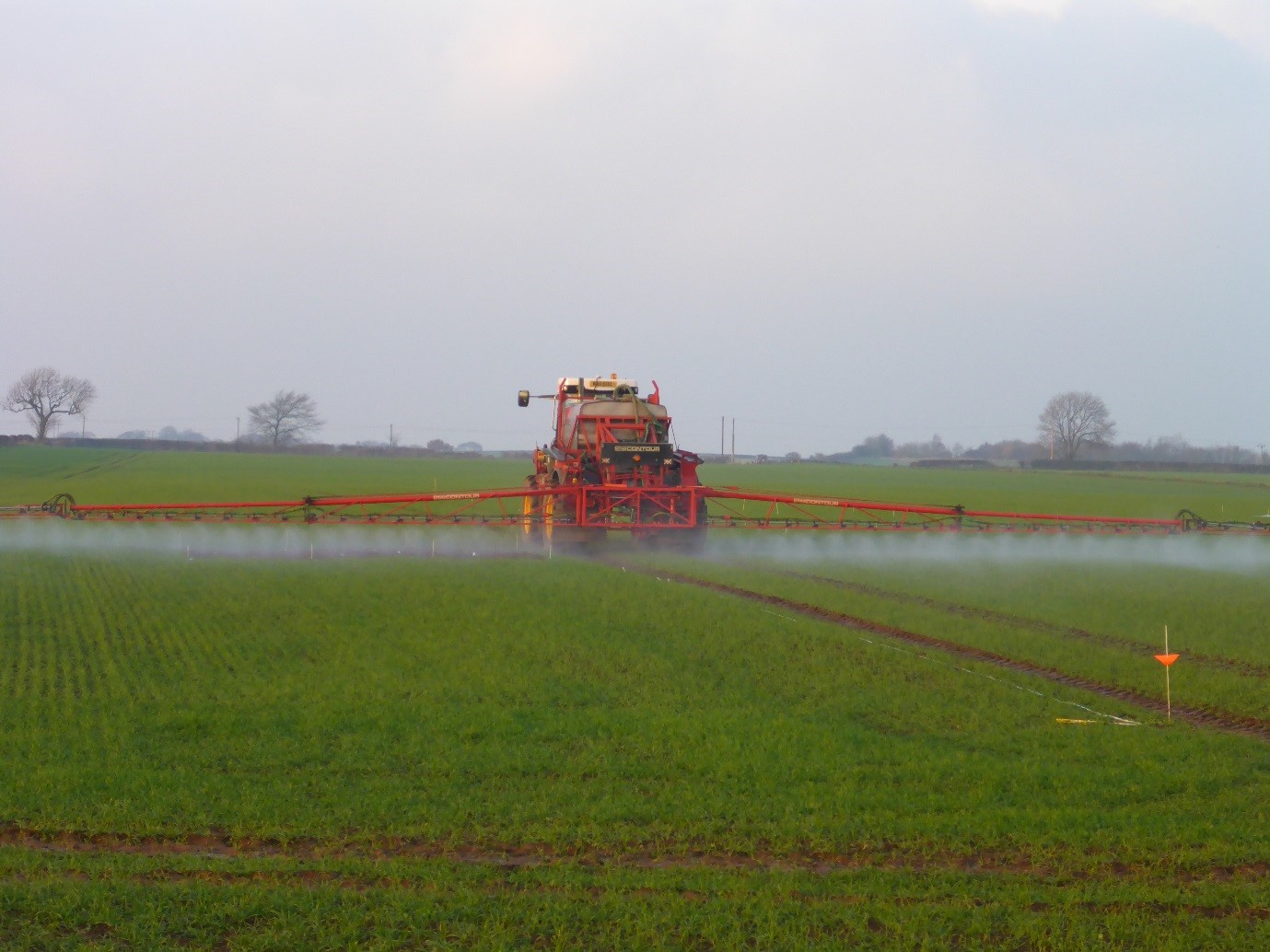Below is an overview of the topic of glyphosate. Any relevant projects, pages and initiatives will be linked to this page to provide more in-depth information and research.
How does glyphosate work?
- Glyphosate is classified under HRAC Group 9: Inhibition of EPSP synthase.
- EPSP synthase is an enzyme involved in the synthesis of important amino acids (tryptophan, tyrosine and phenylalanine) within plants. By blocking the action of this enzyme, glyphosate herbicides prevent weeds from producing key proteins needed for survival.
- Glyphosate is applied to the leaves where it is absorbed. Once inside the plant it enters the plants transport system and is circulated systemically.
- Symptoms of glyphosate injury are quite varied and can include chlorosis, leaf distortion, stunting of growth and ultimately death of the affected plant.
Glyphosate in the UK
- Glyphosate remains approved for use until at least 2025 in the UK.
- Due to the non-selectivity of glyphosate, products containing it are often used on weeds prior to sowing or planting of crops, or target-applied to avoid crop damage.
- Product labels for all UK CRD approved herbicides containing glyphosate will explain usage restrictions including timings of application, appropriate doses and safety.
Resistance
- Currently in the UK there are no characterised resistant populations to glyphosate. However there have been signs that decreased sensitivity is developing in several weed populations (particularly a problem in black-grass).
- Furthermore confirmed glyphosate resistance has been documented in other countries.
- With such high dependence on this herbicide it is vital that the UK resistance risk is minimised (e.g by incorporating suitable cultural controls and rotating herbicide modes of action) and monitored closely (e.g regular resistance testing).
Genetic modification
- In many countries (not the UK), commercially grown crops have been genetically modified (GM) to be herbicide tolerant to glyphosate. These herbicide tolerant crops were first introduced in 1996 with the Roundup Ready soybean.
- These Roundup ready soybeans contained a mutated version of the EPSP synthase enzyme, taken from the bacteria Agrobacterium sp. This altered form of the enzyme rendered the soybeans glyphosate insensitive.
- Since then, several molecular mechanisms of conferring resistance have been used and a variety of GM glyphosate tolerant crops commercialised globally.
- By planting glyphosate tolerant crops, it means that glyphosate can be sprayed onto crop fields as a post-emergent herbicide, killing all weeds present, but leaving the cultivated crop intact and healthy.
- However, intensive use of herbicide tolerant crops can put high pressure on weeds to develop resistance, which has now been confirmed in several countries
You can visit the AHDB website and use Weed Resistance Action Group (WRAG) resources to find out more information about glyphosate and get resistance updates for the UK.







